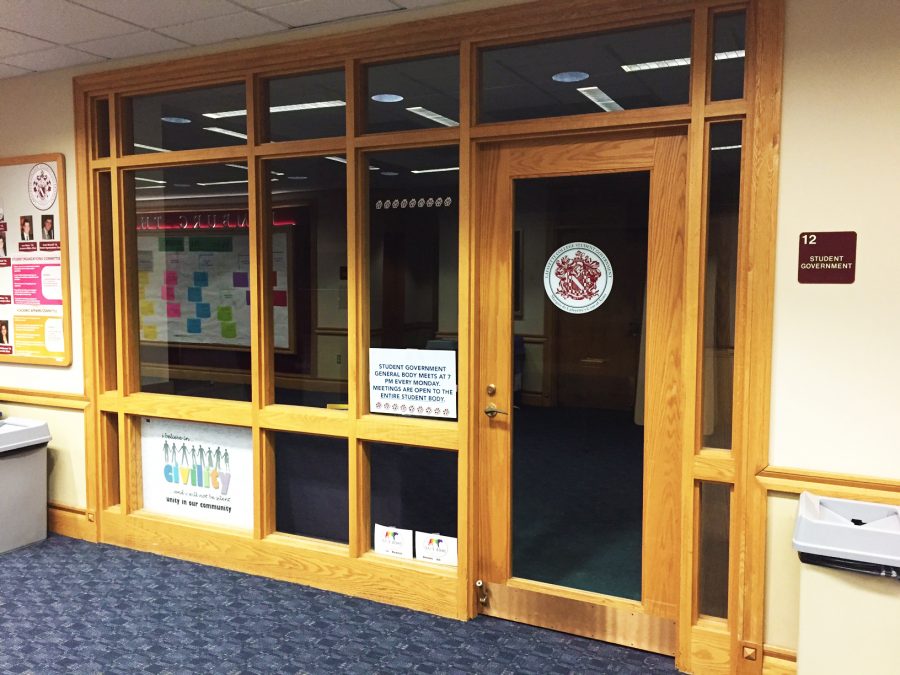This year marks the inaugural year for Lafayette Student Government’s revised structural changes that were voted on last semester, and those in charge are making efforts to increase transparency, functionality and connectivity within these changes.
Spearheading this year’s student government is student-body President Connor Burwell ’19. Burwell said that he plays three chief roles within this governing body: serving as the liaison between the college’s administration and the student-body, overseeing the progress of Student-Government committee members, as well as leading the executive committee.
To accommodate student and faculty concerns, the Student-Government has fundamentally changed its structure. This year, Student-Government will be comprised of 36 students whereas in past years only 15 students held positions.
Regarding his goals for student government this year, Burwell said his “main goal is to help oversee the transition of Student Government from a body of 15 to 36 students…By making that transition smooth, I aim to support the goals of each individual committee director, so that they can make as large of a positive impact on the campus community as they can.”
Connecting with marginalized students on campus is another chief goal of the new administration. Around this time last year, a series of resignations from Student-Government were prompted in part by its failure to connect with students who felt marginalized on campus, with five resignations filed before the body’s first meeting.
In a previous article from the Sept. 8, 2017 issue of The Lafayette, former Student-Government President Bilal Akbar ’18 stated that student government “should be more receptive of students of color and other marginalized identities.”
In response to what happened last year, Burwell and this year’s Student-Government are trying harder to connect with these communities.
“That’s a huge concern of mine…We are interested in advocating for students being marginalized, so that hopefully all Lafayette students feel welcome and supported on this campus,” Burwell said.
Other structural and functional changes involve altered election processes. In previous years, students, upon election to student government, would decide what aspect of student government they would participate in. Starting this year, however, students will now be elected to specific offices and positions.
Even the very voting process has been fundamentally restructured, with committee members now being elected by the student-body itself. Thereafter, members of these committees will apply for their seats on the committee.
Vice President Mia Coutinho ’20 now also serves as Director of Student Organizations. “The role of Student Organizations has stayed the same, relative to past years, but has some new goals…We are working to make the Club/Organization Application process easier to navigate for both students and the Student Government,” Coutinho wrote in an email.
Coutinho is currently working with chairs Riley Alvaro ’20, Caroline Phillips ’21, and Jordan Avery ’21 on this effort. “We are also hoping to work more closely with already-established clubs to ensure they are functioning as well as they’d like to be. We hope to update many aspects of the club system so that is clearer and more accessible to all,” Coutinho wrote.
The goals of many of these changes, Coutinho said, is part of their to desire to unite various realms of campus.


















































































































